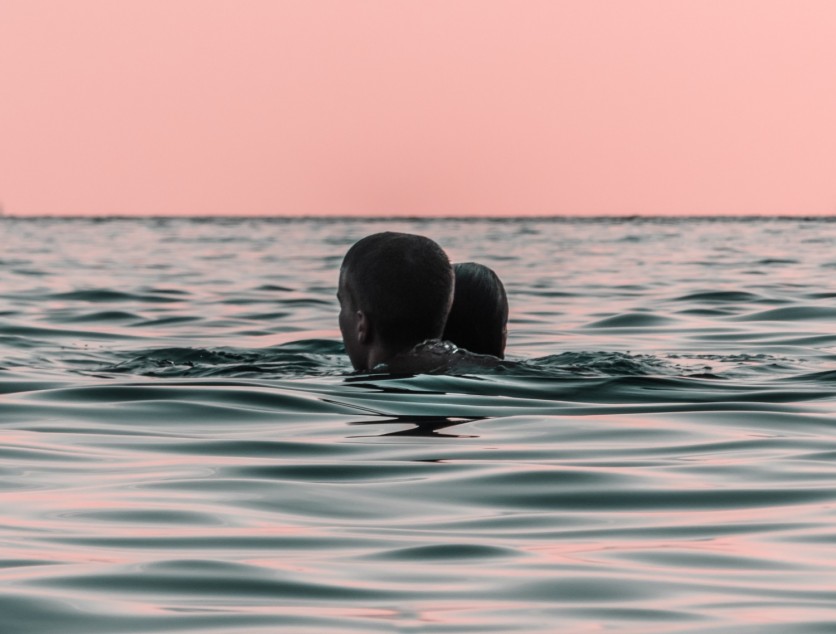Sexually-transmitted diseases or STDs can now be transferred to a person even without having sexual intercourse. Worse, the research found out that it can also be acquired through simply swimming in an ocean. How can this be possible?
How do you get STD? By swimming in the Arctic ocean, apparently

As first reported via Live Science, studies made by scientists in the academic journal Current Biology, found out that there are slim chances that you might get sexually-transmitted diseases through swimming in a specific ocean like Arctic ocean.
Surprisingly, researchers found bacteria species under the Arctic Ocean's seafloor that has a relationship with chlamydia bacteria. This common bacteria normally causes STD to humans, animals, and even amoeba and usually infectious to anyone that will have close contact with it.
According to the report, the international group of researchers discovered the numerous new species of Chlamydiae that lives over three-kilometre below the ocean surface of the Arctic. The place where the bacteria were found has no oxygen and no living macroscopic forms.
"Even if these Chlamydiae are not associated with a host organism, we expect that they require compounds from other microbes living in the marine sediments. Additionally, the environment they live in is extreme, without oxygen and under high pressure, this makes growing them a challenge," explains Thijs Ettema, which led the group research.
Although the scientists discovered Chlamydiae in parts of the Arctic Ocean, they said that humans must not worry with these bacteria since it was found on the deepest parts of the ocean. However, their study also proves that Chlamydiae can be found anywhere and can harm anyone.
"Most knowledge about chlamydiae is based on studies of pathogenic lineages in the lab," the statement reads. "The new research ... shows that chlamydiae can be found in the most unexpected of places."
Chlamydiae causes STD on most Americans says research
Since researchers found that there is an abundance of Chlamydiae on deep Arctic ocean, this made an alarming factor for most people that swim in an ocean since this bacteria was said to be found anywhere.
According to the United States Centers for Disease Control and Prevention, there was an estimated number of over 1.5 million cases of chlamydia were reported to CDC from the 50 states. Annually, it reaches to 2.86 million infections in the US alone.
Young people with ages 15-24 years old have the highest range of Chlamydiae-positive cases. It is also said that one in 20 sexually active young women with ages 14-24 years has the same disease.
"Any sexually active person can be infected with chlamydia. It is a very common STD, especially among young people," said CDC on their website.
The agency promotes testing to these types of diseases in order to prevent a wider spread of STDs in the community. Once a person has chlamydia and did not treat it properly, it gives higher chances that the person will increase in acquiring or transmitting human immunodeficiency virus or HIV to another person.
ALSO READ: This Australian Couple Didn't Realize They Have Coronavirus Until This Happened
ⓒ 2025 TECHTIMES.com All rights reserved. Do not reproduce without permission.




